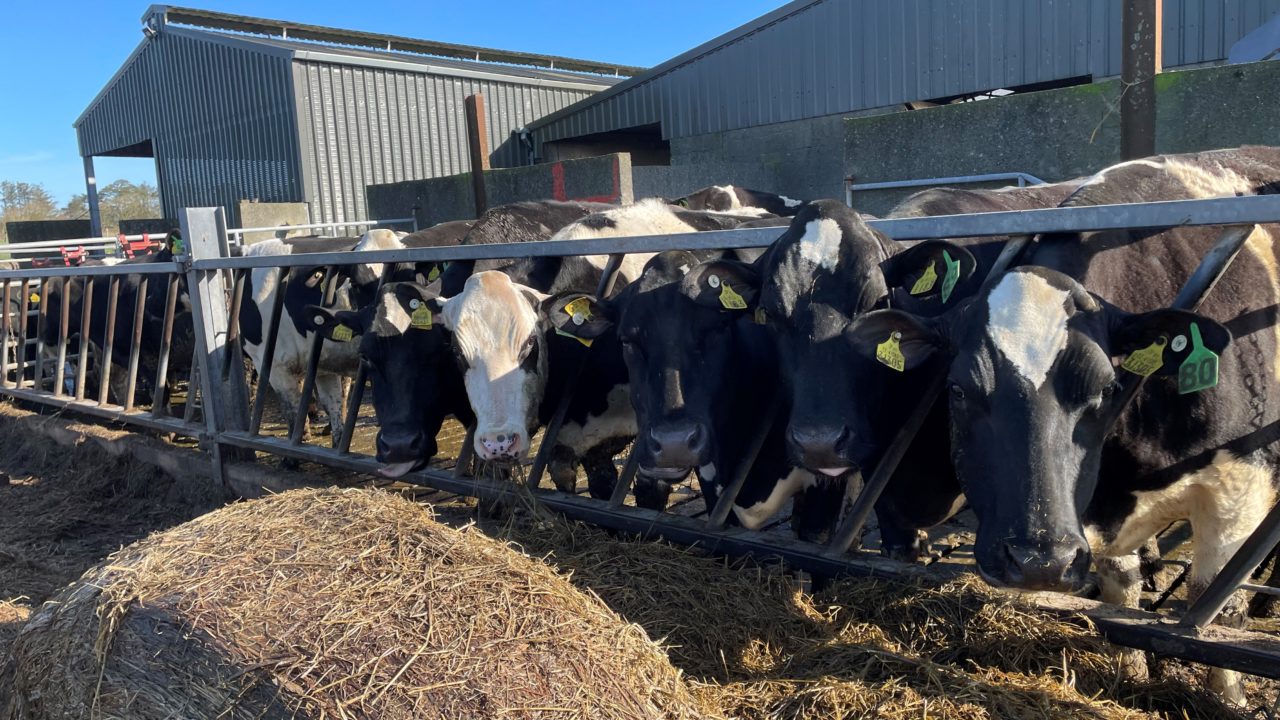It is now time for autumn-calving herds to begin preparations for the breeding season, which for many is around five weeks away.
Within an liquid milk or autumn-calving herd the most efficient cows to produce milk in this system is an October/ early November calved cow.
For the first cow to calf on October 1, 2024, based on average gestation length of 285 days, serving of cows would need to start on December 21.
Breeding season
Pre-breeding heat detection should begin at least three weeks prior to the planned start of mating.
This will ensure that cows are cycling and help with the detection of cows that aren’t cycling.
Cows that aren’t cycling have potentially picked up an infection or cyst along the way and will require treatment.
Any cows that have been calved long enough and are not cycling need to be handled by the vet to determine if there is an issue.
Other cows that should checked for issues are cows that had a difficult calving or twins.
Any cows that could potentially have issue should be checked and treatment given if required.
Scanning or checking the entire herd is unnecessary; cows that have been seen in heat do not need to be checked by the vet.
For heifers once they are of the correct weight and in good condition there should be no issues with them going in-calf.
BCS
It is vital that you are monitoring the body condition score (BCS) of your cows in the lead up to breeding.
Cows that are in a low condition score have a lower level of fertility and often will find it harder to go in calf.
Autumn-calving cows that are in a condition score of 2.75 or less need to be monitored and their BCS increased before breeding begins.
There is five weeks before breeding will begin on many farms, so there is an opportunity to increase the condition on cows.
Although increasing the condition by significant amounts will be almost impossible, you can add some condition.
